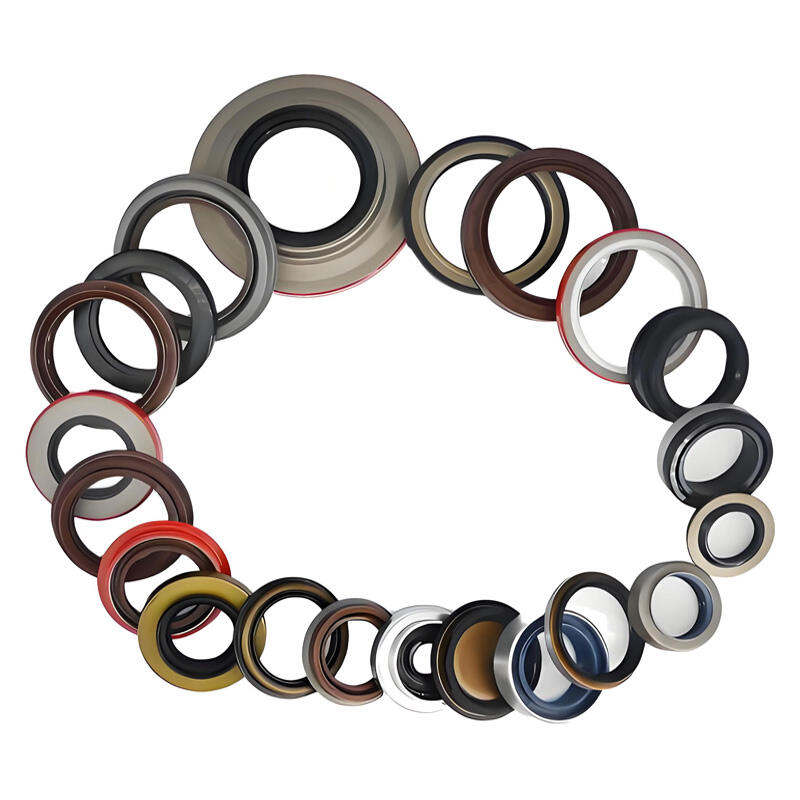
Modern automotive systems operate under extreme conditions, requiring precise engineering solutions to maintain optimal performance and longevity. Among the most critical components ensuring system reliability are shaft oil seals, which serve as the ...
VIEW MORE
Industrial machinery operates under demanding conditions where contamination, fluid leakage, and component wear can lead to costly downtime and equipment failure. Shaft oil seals represent one of the most critical components in maintaining machinery ...
VIEW MORE
Industrial machinery relies heavily on effective sealing solutions to prevent contamination, maintain lubrication, and ensure optimal performance. Among the most critical components in rotating equipment, the rotary shaft seal stands as a fundamental...
VIEW MORE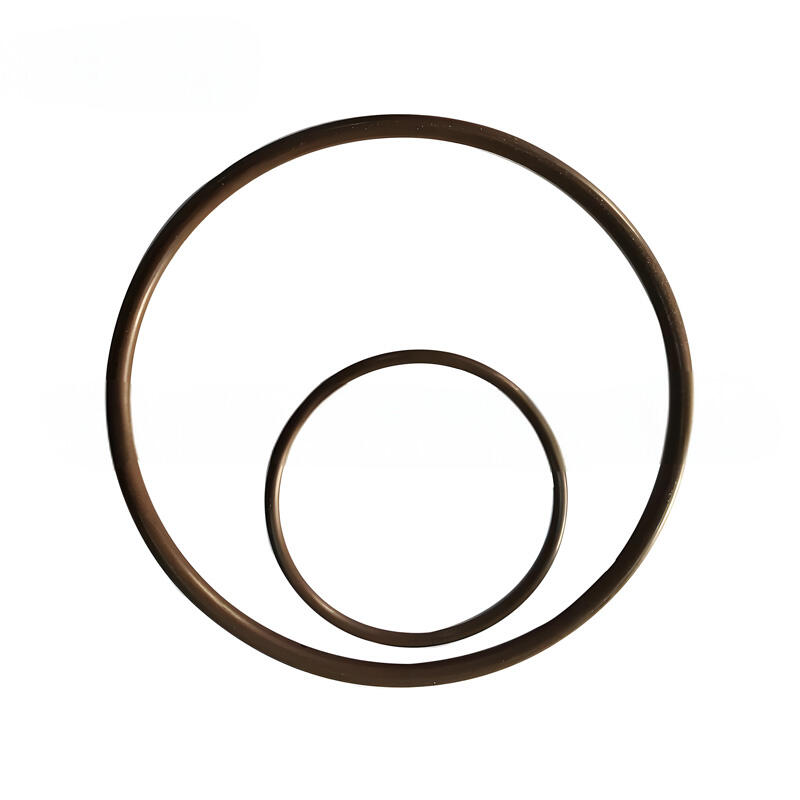
In today's industrial landscape, hydraulic oil seals serve as critical components that ensure optimal performance and longevity of hydraulic systems across numerous sectors. These specialized sealing solutions prevent fluid leakage, maintain system p...
VIEW MORE
Industrial professionals across manufacturing, construction, and heavy machinery sectors consistently choose premium hydraulic shaft seals for their critical applications. These specialized sealing components serve as the backbone of hydraulic system...
VIEW MORE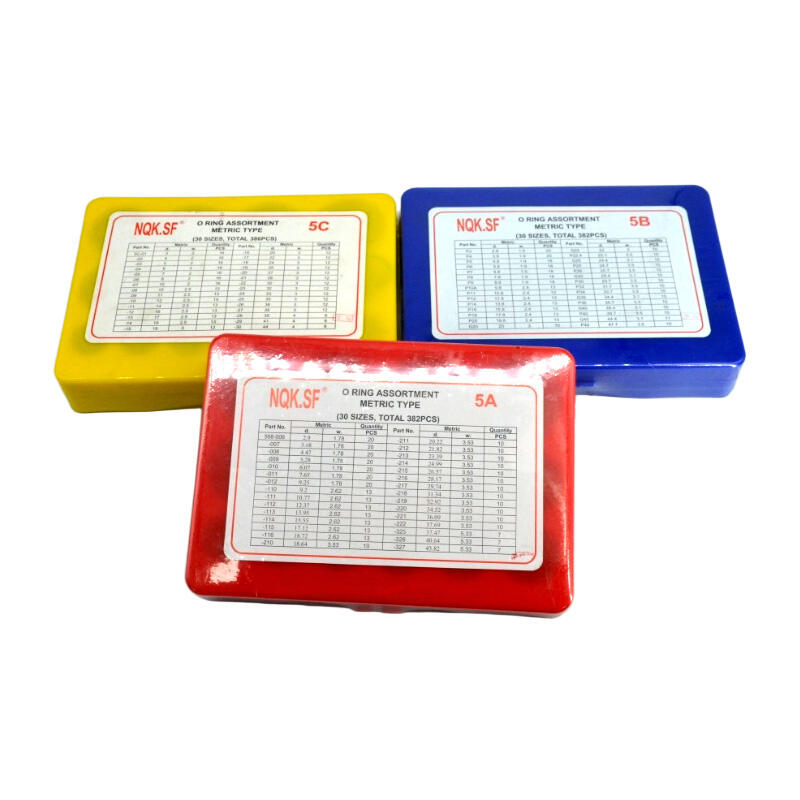
The Impact of Advanced O-Ring Solutions on Equipment Longevity Industrial equipment maintenance represents a significant portion of operational costs for manufacturing facilities worldwide. At the heart of this challenge lies the critical role of sea...
VIEW MORE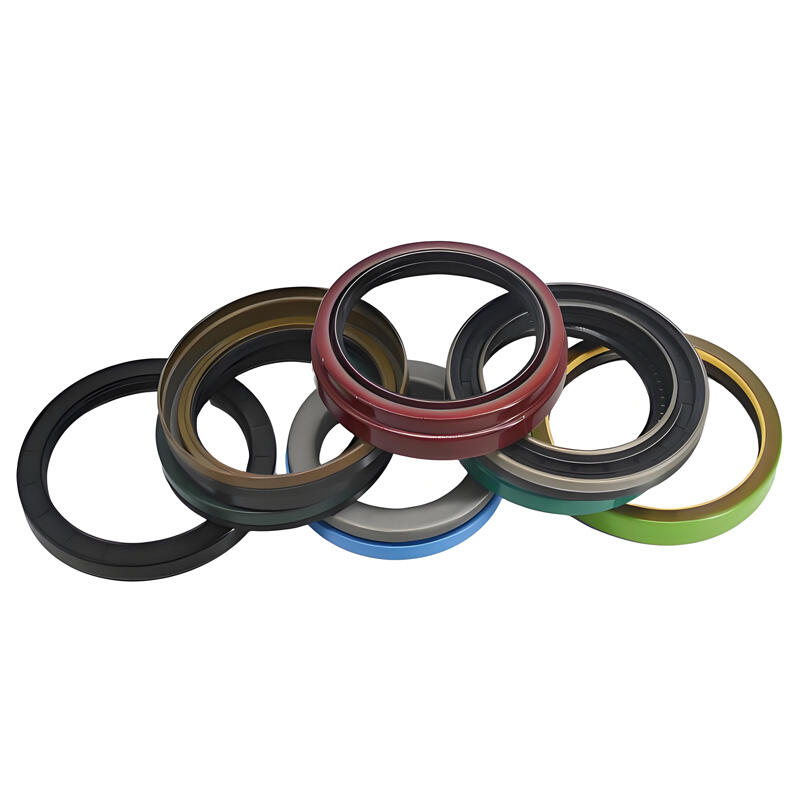
Understanding Sealing Ring Selection for Industrial Applications Selecting the appropriate sealing ring is crucial for maintaining system integrity and operational efficiency across various industrial applications. These essential components play a v...
VIEW MORE
Understanding Advanced BASL Seal Technology in Modern Industry In the realm of industrial sealing solutions, BASL seals represent a significant advancement in fluid containment and mechanical protection. These innovative sealing systems have revoluti...
VIEW MORE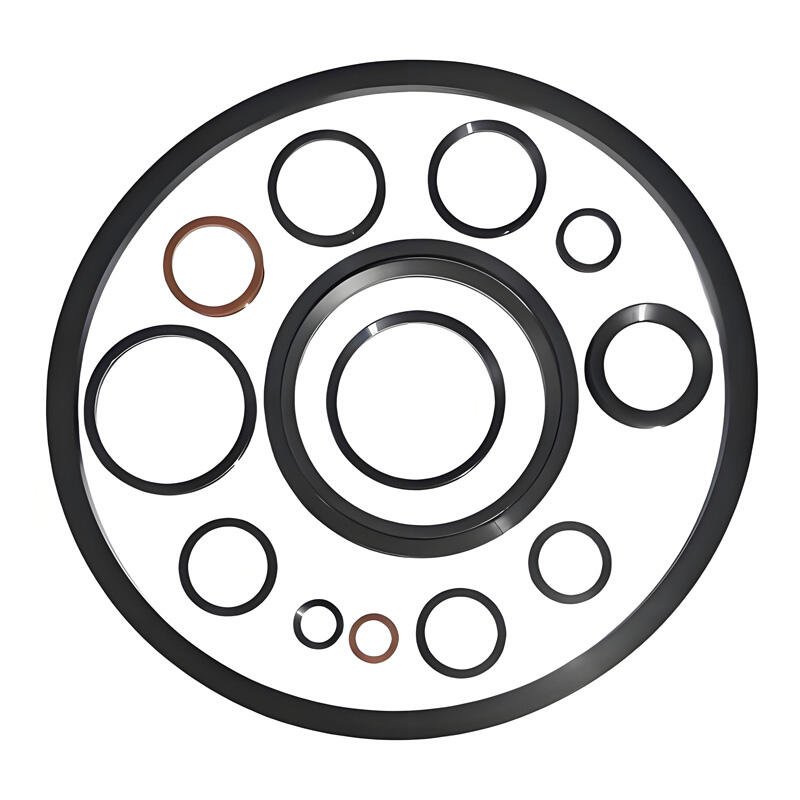
Understanding the Versatility of Industrial R23 Sealing Solutions In the demanding world of industrial applications, the R23 seal has emerged as a crucial component that delivers exceptional performance across diverse operating conditions. These high...
VIEW MORE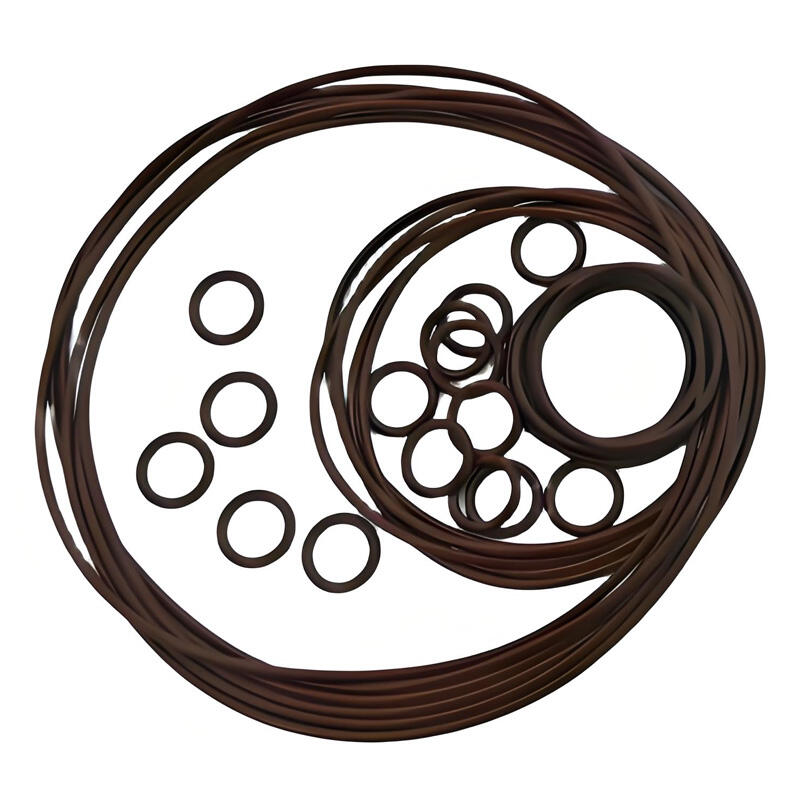
Understanding the Critical Role of Rotary Shaft Seals in Industrial Applications In the world of industrial machinery and equipment, the importance of proper sealing cannot be overstated. Rotary shaft seals serve as crucial components in maintaining ...
VIEW MORE
Understanding the Critical Role of Advanced Sealing Technology in Industrial Equipment In the demanding world of industrial machinery, high pressure rotary shaft seals represent a cornerstone of operational reliability and equipment longevity. These ...
VIEW MORE
Understanding the Critical Role of Advanced Sealing Technology High pressure shaft seals represent a cornerstone of modern industrial operations, playing a vital role in maintaining system integrity and operational efficiency across numerous sectors....
VIEW MORE